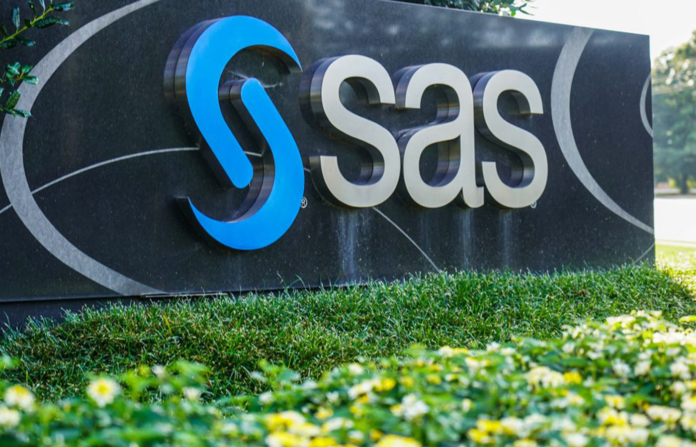SAS recently announced the acquisition of UK-based Hazy, one of the earliest pioneers of synthetic data technology. Headquartered in North Carolina, SAS has been pushing the boundaries of next-generation AI for years. This latest acquisition will expand the company’s operations in the field of AI, bolster its current AI portfolio, and give customers the means of generating synthetic data as needed.
“By integrating their technology, we can offer our customers unparalleled opportunities to harness data safely and effectively,” said SAS CEO Jim Goodnight, “enabling them to experiment and model scenarios that were previously out of reach and gain a competitive advantage.”
What is Hazy?
Founded in early 2017, Hazy was the first company to leverage synthetic data at the enterprise level. Meant to mimic data from the real world, synthetic data technology uses generative AI algorithms to identify and imitate the patterns, trends, and structures commonly seen in real-world data. This is beneficial in various ways:
- Reduces compliance and data privacy risks
- Eliminates natural biases that can skew the results of data collection and analytics
- Streamlines internal processes by using test data to validate new systems and external vendors
While authentic, real-world datasets are required for the initial training of Hazy’s AI system, the software can generate synthetic data as needed.
What is SAS?
Also known as the Statistical Analysis System, SAS began as an agricultural software project to analyze soil, weather, and crop seeds. With 100 customers by 1976, the project’s participants founded SAS Institute, Inc. to provide technical support and regular software updates. The team at SAS has been driving innovation in data analytics ever since, and, considering the recent SAS acquisition news, the team will continue to lead the field for years to come.
